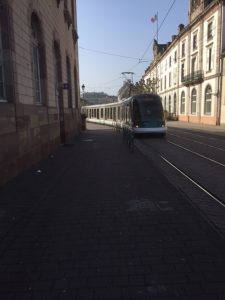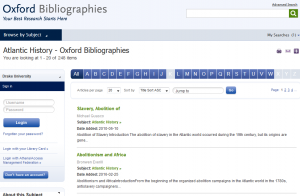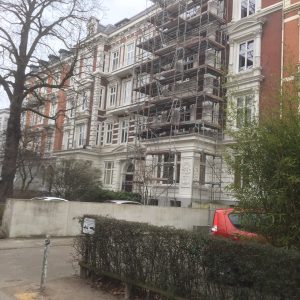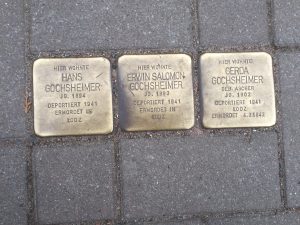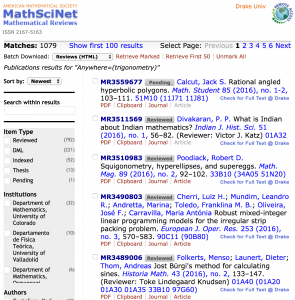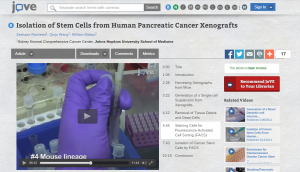4 February 2017
Greetings, Gentle Readers.
As most of you know by now, I am spending three months in Hamburg, Germany as a guest of the University of Hamburg. Their Centre for the Study of Manuscript Cultures has seen fit to provide me with this time to pursue scholarship on my primary field of interest: medieval Arabic block printing–something most of you also already know…
What my day-to-day activities will be have yet to be determined but I thought that you might find it interesting to read about what I’m doing and what I’m seeing and hearing. Much of that will have little to do with my actual work. I plan to do some traveling while I’m here; most of that WILL be related to my research, but I’ll see and do things along the way that might be of broader interest to you. When possible, I shall post pictures of my surroundings, cityscapes, landscapes, people, whatever I think you might find appealing (or unappealing). One thing that I may focus on regularly is how our recent election and its results are playing here across the pond. And believe me, it’s a big deal here, too.
These entries will serve as a sort of diary of my stay in Germany and, besides providing you with temporary (and hopefully pleasant) distractions from time to time, will also serve as a notebook of sorts for the report to the university which I am obligated to write–one of the few “requirements” that I am must meet in order to get paid. Of course, you should feel free to disregard any or all of my musings. I tend to get a bit wordy once I get started–as Vibs will readily attest–so I won’t take offense if you choose to ignore me, or at least what I write here.
So, I landed in Holland on Wednesday, the first of February, expecting to make a connection there for Hamburg, which was to put me here by mid-afternoon. That was the plan. In fact, the flight from Amsterdam to Hamburg was cancelled, as was the second one the airline re-booked me on. Faced with a 1/3 mile-long line to get booked on yet another flight, I took the advice of a KLM minion and got on a train to Hamburg which put me in town at about 10 PM. There was consequently a domino effect to this arrangement which included my arriving in Hamburg with just the clothes on my back and nowhere to go, since the guesthouse where I was to be lodged for my stay here closed its office before I arrived. No real problem, though. There was a number of hotels right across the street from the main train station and the second one I inquired at had a room free. So, the next morning, I completed my trip to the guest house and found the office open. Only then did I find out that a key had been left for me at a hotel across the street so I could have let myself in. Now all this was done on the assumption that I would have access to the internet or a cell phone link during my journey so that I could learn of this courtesy. Not a sound assumption. So we got off on the wrong foot. No one’s “fault” really, but I am a bit peeved at the lack of logistical understanding on the part of the staff here. A little amateurish, I thought.
In any case, there was a second issue to be dealt with: my luggage was stranded in Amsterdam and no one at KLM could tell me where it was exactly or when it might get to the same place I was. So, I spent four days stuck in the same clothes, the word “stuck” becoming ever more descriptive of the situation. To cut to the chase, thanks to the herculean efforts and the beyond-the-job-description assistance of the women in the Centre’s office, I was finally contacted by KLM and I received my luggage on Friday evening. Now, having properly showered (with my own shampoo and soap) and shaved (with my own razor) and wrapped myself in clean clothing, I feel much better. The skies here are still gray and the wind is raw, but life is bearable again, both for me and for those I might engage with.
Now, I should tell you something about what I’ve seen in my brief time here so far. My experience on this visit has been limited pretty much to train travel and interactions with university employees and hotel and restaurant staff. The first thing that strikes me is that Germany (like the rest of Europe) is decidedly more multi-ethnic than it has been until recently. This change began long before the refugee crisis of the past year, but it seems to me to be much more apparent now. Granted, Hamburg is a big city, a port city no less, and therefore attractive to newcomers both for economic as well as cultural reasons. It’s no surprise to have Afro-German train conductors making announcements in English, German and French, for example. Or for television personalities be of olive or dark complexion and speaking fluent German. Some things seem to remain constant, though. At crosswalks, almost everyone still waits for the crossing light to turn green, even if the street is empty of vehicles, for example. Demonstrations are a common feature of city life; I encountered a fairly large one on my first day here, with people carrying red paper lanterns and wearing plastic garbage bags bearing slogans composed with electrical tape.Train stations are still major hubs of activity and they bustle. There is still a whiff of German patriarchy apparent in things like the dial-a-porn ads and exclusively female nudity on late-night television, something I find definitely un-American in a number of senses.
On the other hand, there are features of life that provide evidence for the inexorable erosion of German culture (and European culture in general) by particularly American influences. Of course there are the American chain restaurants. Blue jeans are a common sight, even among the well-heeled (my apartment is in a fairly upscale part of town and I have seen jeans frequently, here). One thing that struck me as I ate breakfast in the main train station on Thursday morning was that the serving staff was invariably white, but the guy doing the cooking was black. If not for the language difference, I could have been in New York City, or Saint Paul. Unable to sleep last night, I flicked on the TV to find a German infomercial flogging some exercise machine guaranteed to give anyone six-pack abs. Very American, right down to the “but wait, there’s more” tag line. Cause for despair.
Perhaps the most telling thing about continued American influence here and across Europe is the amount of news coverage given to our new Prez and the Europeans’ fascination with the slow motion train wreck that has become American politics. We have access to about fifteen television stations here providing news coverage from countries like France, Spain, Italy, and Turkey (yes, there is a Turkish language TV station here), in addition to English and American programs. No one seems to be able to take their eyes or their minds off this guy. No doubt I’ll be saying more about that. But enough for now. Thanks for reading.
- By the way, the title of this entry literally means “a Hamburger” as in the fried beef patty. Those of you old enough to remember John F. Kennedy speaking in Berlin in 1962 will recall that he famously said, “Ich bin ein Berliner” which phrase, to German natives, means “I’m a kind of bakery item.” He should have said, “Ich bin Berliner” and his audience would have understood him to say (as he intended to do) that he, too, was a person from Berlin. So, properly, if I were to say in German that I am a (temporary) resident of Hamburg, I should say “Ich bin Hamburger.” So, age-specific joke. And it isn’t a joke if you have to explain it. I’ll quit while I’m only slightly behind…

